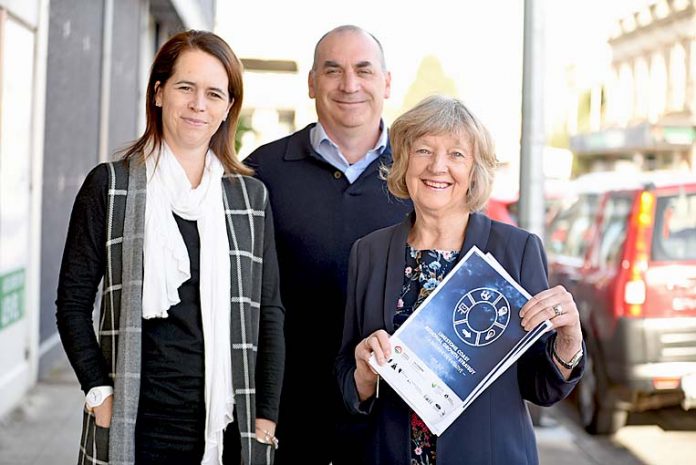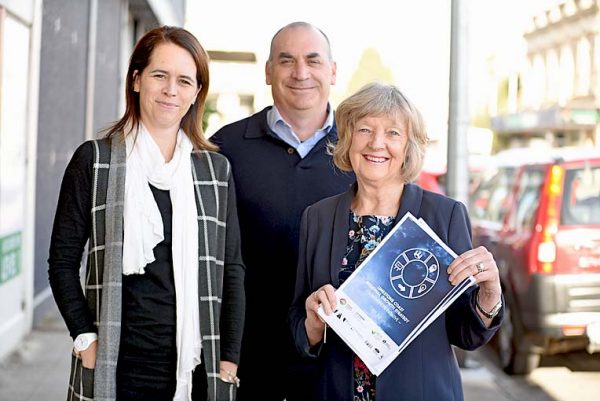

A GROUND-BREAKING investigation into the Limestone Coast has revealed there is an opportunity to grow the region’s economy by a staggering $700m annually and 5700 jobs by 2026.
The regional growth strategy – compiled by an independent national think-tank – has listed a number of priorities to turbo-charge the economy.
These include boosting the population by attracting migrant workers and expanding the region’s powerhouse red meat industry, which already has a farmgate value of $850m.
Other key strategies include growing employment opportunities in healthcare and social assistance sectors, supporting the development of entrepreneurs and driving a “coordinated” tourism market.
The “pathway” project is considered a potential game-changer for councils and government authorities given it underpins recommendations through evidence and “ground-truthing”.
These priorities will be short-listed in coming weeks and then rolled out as “action” plans.
The growth blueprint – compiled by Regional Australia Institute – was commissioned by the Limestone Coast Local Government Association (LCLGA), which is the umbrella group for the region’s seven councils.
LCLGA executive officer Dominic Testoni said there was no “silver bullet” to population growth, but boosting migrant numbers was one clear strategy.
“The most significant thing for us is that we are currently in talks with the Regional Australia Institute and the Federal Government in becoming a pilot region in addressing population,” Mr Testoni said.
“We want to get proactive and not just stand at a caravan and camping show for a month and hope people come to us. It is about getting out there and selling the region and match those skills to what we need.”
He described migration as “huge” in driving population growth.
Association president Erika Vickery – who is also the Naracoorte mayor – said the report would guide what projects were tackled to grow the economy.
While the priority projects were yet to be finalised, she vowed the key strategic document would not be sitting on a shelf gathering dust.
She said attracting migrants was crucial to boost the region’s population and underpin the region’s workforce.
“It is not necessarily attracting just primary migration, but also secondary migration – people who have come to Australia and are in the city centres or bigger population centres, but have the skills as a region we need,” the local government leader said.
“We need to attract and then retain them.”
Ms Vickery revealed the Limestone Coast had a long history of attracting migrants, with particularly Naracoorte and Tatiara districts reliant on migrants to fill jobs.
“We would not be able to survive in Bordertown, Naracoorte and some areas of Mount Gambier without our migrants,” she explained.
“Without our migrant population, we would not be able to run those two big meatworks in Naracoorte and Bordertown, as well as our vineyards with seasonal work.”
She said unemployment figures in Naracoorte and Bordertown were “really low”.
“Naracoorte over the past 10 years has really developed as a united nations centre,” she said.
Meanwhile, Mr Testoni said there was significant opportunity to grow the region’s vibrant red meat sector.
He said the Limestone Coast Red Meat Cluster was undertaking some “really good work” to grow the sector.
“The red meat industry is a very significant industry,” Mr Testoni said.
He revealed there was at times a regional shortfall in cattle for processors and export demand.
“Industry is at times dragging cattle from northern areas to fill orders.”
He said efficiency gains and expansion was needed to grow this vital sector.





